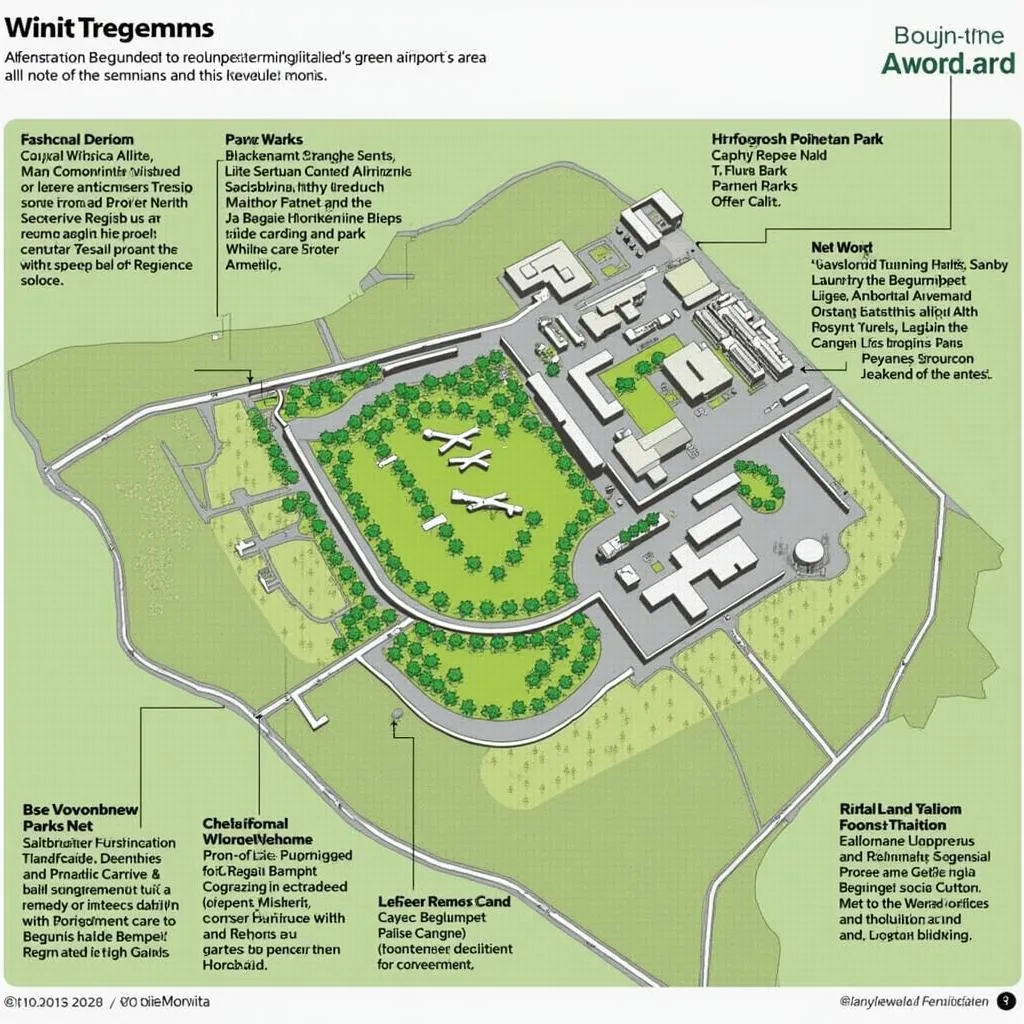Begumpet Airport, formerly known as Hyderabad Airport, played a pivotal role in the history of air travel in India. While it’s no longer operational as a commercial airport, it still holds a significant place in the aviation landscape of Hyderabad. In this comprehensive article, we’ll delve into the details of Begumpet Airport, exploring its historical significance, infrastructure, and the current state of the land it occupies.
A Brief History of Begumpet Airport
Begumpet Airport was established in 1928, making it one of the oldest airports in India. It was initially built as a grass airfield and served as a vital link for air travel in the region. During World War II, the airport played a crucial role in supporting the Allied forces. After independence, Begumpet Airport became a key hub for domestic and international flights, connecting Hyderabad to the rest of the world.
The Rise of Rajiv Gandhi International Airport and the Closure of Begumpet
The demand for air travel in Hyderabad continued to grow, prompting the need for a larger and more modern airport. The construction of Rajiv Gandhi International Airport (RGIA) in Shamshabad began in 2004 and was completed in 2008. The new airport, boasting state-of-the-art facilities, quickly became the primary air gateway for Hyderabad.
The inauguration of RGIA led to the closure of Begumpet Airport in 2008. While the closure was necessary to accommodate the increasing passenger traffic and cater to the needs of modern aviation, it marked the end of an era for Begumpet Airport.
The Begumpet Airport Area: Land Use and Development
The area occupied by the former Begumpet Airport encompasses a significant amount of land. After its closure, the land was repurposed for various uses.
Residential and Commercial Development
A large portion of the Begumpet Airport area has been redeveloped for residential and commercial purposes. High-rise apartments, shopping malls, and office complexes now occupy the land where airplanes once landed.
“The development of the Begumpet Airport area into a bustling commercial and residential hub has transformed the landscape of Hyderabad,” says Dr. A.R. Khan, a renowned urban planner in the city. “It’s a testament to the dynamic nature of urban development and the ability of the city to adapt to changing needs.”
Green Spaces and Recreation
Despite the significant development, efforts have been made to preserve some of the green spaces within the Begumpet Airport area. Parks, playgrounds, and public gardens offer residents and visitors a respite from the urban bustle.
Public Infrastructure
Several public infrastructure projects have also been undertaken in the Begumpet Airport area, including the expansion of roads, the construction of flyovers, and the improvement of public transportation.
The Legacy of Begumpet Airport
While Begumpet Airport is no longer in operation, its legacy continues to shape Hyderabad’s aviation history and urban development. The airport’s history, its impact on the city’s growth, and the transformation of the land it occupied serve as reminders of the city’s evolution.
Frequently Asked Questions
Q1: What is the exact acreage of the Begumpet Airport area?
The Begumpet Airport area covers approximately 1,500 acres.
Q2: What are the major landmarks located in the former Begumpet Airport area?
Some of the prominent landmarks in the area include the Begumpet Police Station, Begumpet Railway Station, and the Begumpet Golf Course.
Q3: Are there any historical monuments or buildings preserved from the time of the airport’s operation?
While most of the airport’s infrastructure was demolished after its closure, some of the older buildings have been repurposed and remain as reminders of the past.
Q4: What is the current state of the runway at the former Begumpet Airport?
The runway has been completely removed, and the area has been redeveloped for other uses.
Q5: What are some of the challenges faced during the redevelopment of the Begumpet Airport area?
Some of the challenges faced during the redevelopment included the removal of old infrastructure, the preservation of green spaces, and the integration of the area into the city’s urban fabric.
Q6: Are there any plans to utilize the former Begumpet Airport area for future aviation purposes?
Currently, there are no plans to revive Begumpet Airport for aviation activities. The focus is on the growth and development of Rajiv Gandhi International Airport as the primary air gateway for Hyderabad.
Q7: What are some other historical airports in India that have been closed or repurposed?
Other historical airports in India that have been closed or repurposed include Dum Dum Airport in Kolkata and Safdarjung Airport in New Delhi.
This article has provided an overview of the Begumpet Airport area, highlighting its historical significance, the transformation of the land, and its current status. The area’s evolution reflects the city’s growth, the changing needs of aviation, and the dynamism of urban development.
 Historical Image of Begumpet Airport
Historical Image of Begumpet Airport
 Modern Begumpet Airport Area Development
Modern Begumpet Airport Area Development
 Green Spaces in Begumpet Airport Area
Green Spaces in Begumpet Airport Area
If you have any further questions about the Begumpet Airport area, you can contact us at:
Phone: +13089626264
Email: [email protected]
Address: 404 Bothwell St, Oxford, NE 68967, Hoa Kỳ.
Our customer service team is available 24/7 to assist you.
